SOURCE: RAUNAK KUNDE / NEWS BEAT / IDRW.ORG

In a stride towards innovation and excellence, Hindustan Aeronautics Ltd (HAL) is stepping into the realm of Artificial Intelligence (AI) to transform the landscape of aircraft maintenance. Chairman & Managing Director of HAL, CB Ananthakrishnan, recently unveiled the organization’s plans to develop AI-based products that promise to revolutionize aircraft maintenance through predictive technology.
Speaking at the Indian Institute of Management-Calcutta’s annual business conclave, Ananthakrishnan highlighted HAL’s groundbreaking efforts in harnessing AI for the betterment of aviation. The core focus lies in creating an AI-powered predictive maintenance system that will play a pivotal role in ensuring the health, efficiency, and longevity of aircraft.
Continue readingSOURCE: IDRW.ORG TEAM
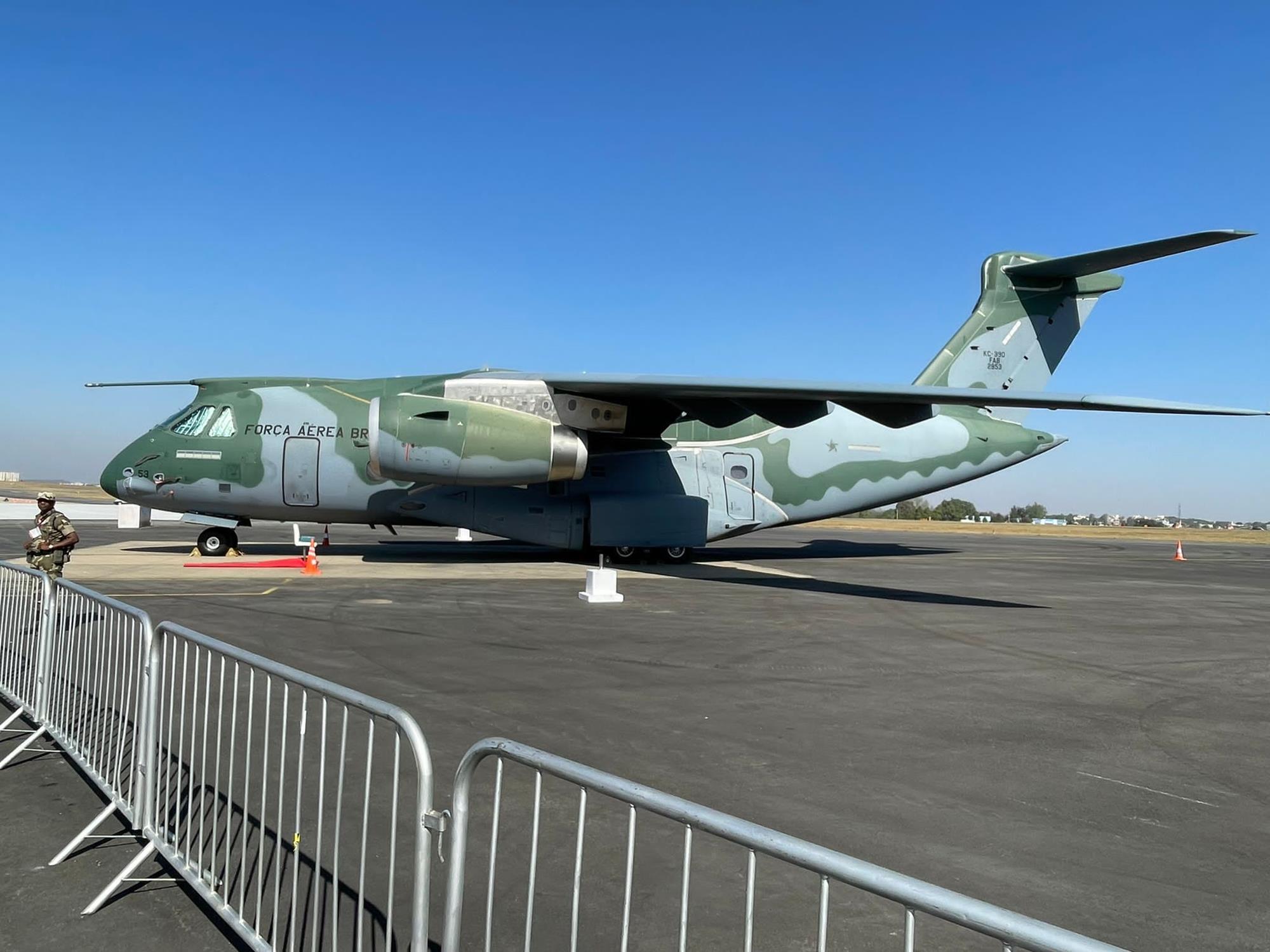
Brazilian aircraft manufacturer Embraer is gearing up for a potential collaboration with India’s state-owned Hindustan Aeronautics Limited (HAL) to co-develop the C-390 Millennium, a cutting-edge medium-size, twin-engine, jet-powered military transport aircraft. This move comes in response to India’s recent tender for 60-80 Medium Transport Aircraft (MTA), creating an avenue for potential collaboration in defense technology.
Officials from Embraer are scheduled to visit HAL facilities later this month, marking a significant step towards exploring the possibilities of this joint venture. The C-390 Millennium aircraft holds immense promise due to its modern military tactical transport capabilities, and it is designed to offer a versatile and cost-effective solution for a range of mission profiles.
Continue readingSOURCE: IDRW.ORG TEAM
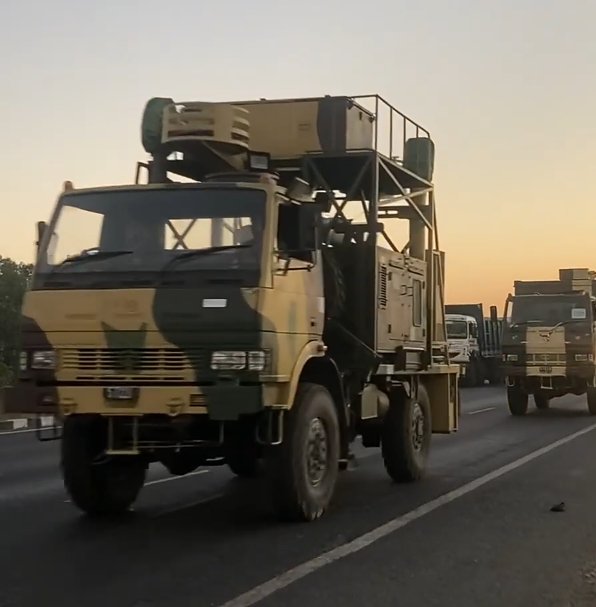
In a significant development that underscores the Indian Army’s commitment to modernizing its defense capabilities, a recent video circulating on various platforms showcases what appears to be the induction of a truck-mounted Counter-Unmanned Aircraft System (C-UAS). This new addition is poised to enhance India’s defense against unmanned aerial threats and signals a step forward in its efforts to ensure national security.
The configuration of the C-UAS system consists of several specialized vehicles, each with distinct functionalities that collectively form a robust defense mechanism against unmanned aerial vehicles (UAVs) and drones:
Continue readingSOURCE: RAUNAK KUNDE / NEWS BEAT / IDRW.ORG
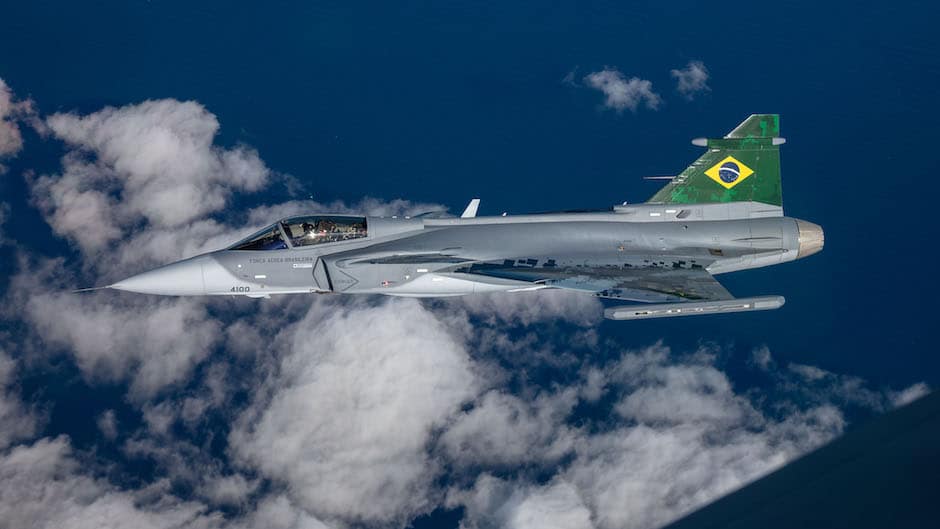
In a significant stride towards enhancing bilateral defence cooperation, the Chief of the Armed Forces from Brazil is set to embark on a visit to India this August. The visit aims to explore various Indian-made weapon systems that could bolster Brazil’s defence capabilities and reciprocally present Brazilian offerings to India. This strategic exchange holds the potential to strengthen the defence ties between the two nations, opening doors to collaborative endeavours that could redefine the future of defence technology.
One of the key areas of focus during this visit is the Brazilian Air Force’s fleet modernization, which has seen the recent induction of F-39E Gripen fighters procured from Sweden’s Saab Group. These new fighters are intended to replace Brazil’s ageing Northrop F?5EM and Dassault Mirage 2000C aircraft. While the F-39E Gripen fighters are equipped with Meteor Beyond-Visual-Range (BVR) missiles and IRIS-T Close Combat Missiles, the Brazilian Air Force is exploring avenues to enhance their capabilities further.
Continue readingSOURCE: RAUNAK KUNDE / NEWS BEAT / IDRW.ORG

In a significant stride towards modernizing its airborne capabilities, the Indian Air Force (IAF) is set to receive its first purpose-built Gallium Nitride (GaN) -based Active Electronically Scanned Array (AESA) radar. This state-of-the-art radar system is designed to meet the IAF’s requirements and replace the existing Russian-origin Hybrid N011M BARS Radar, with the first delivery anticipated in 2024. The development of the radar marks a collaborative effort between a private sector company and the Defense Research and Development Organisation (DRDO).
The GaN-based AESA radar is poised to revolutionize the IAF’s operational capabilities, enhancing both its tracking and search capabilities. The developmental trials for this cutting-edge radar system are scheduled to commence in 2025, utilizing two Su-30MKI fighter aircraft that will serve as testbeds for the program.
Continue readingSOURCE: RAUNAK KUNDE / NEWS BEAT / IDRW.ORG
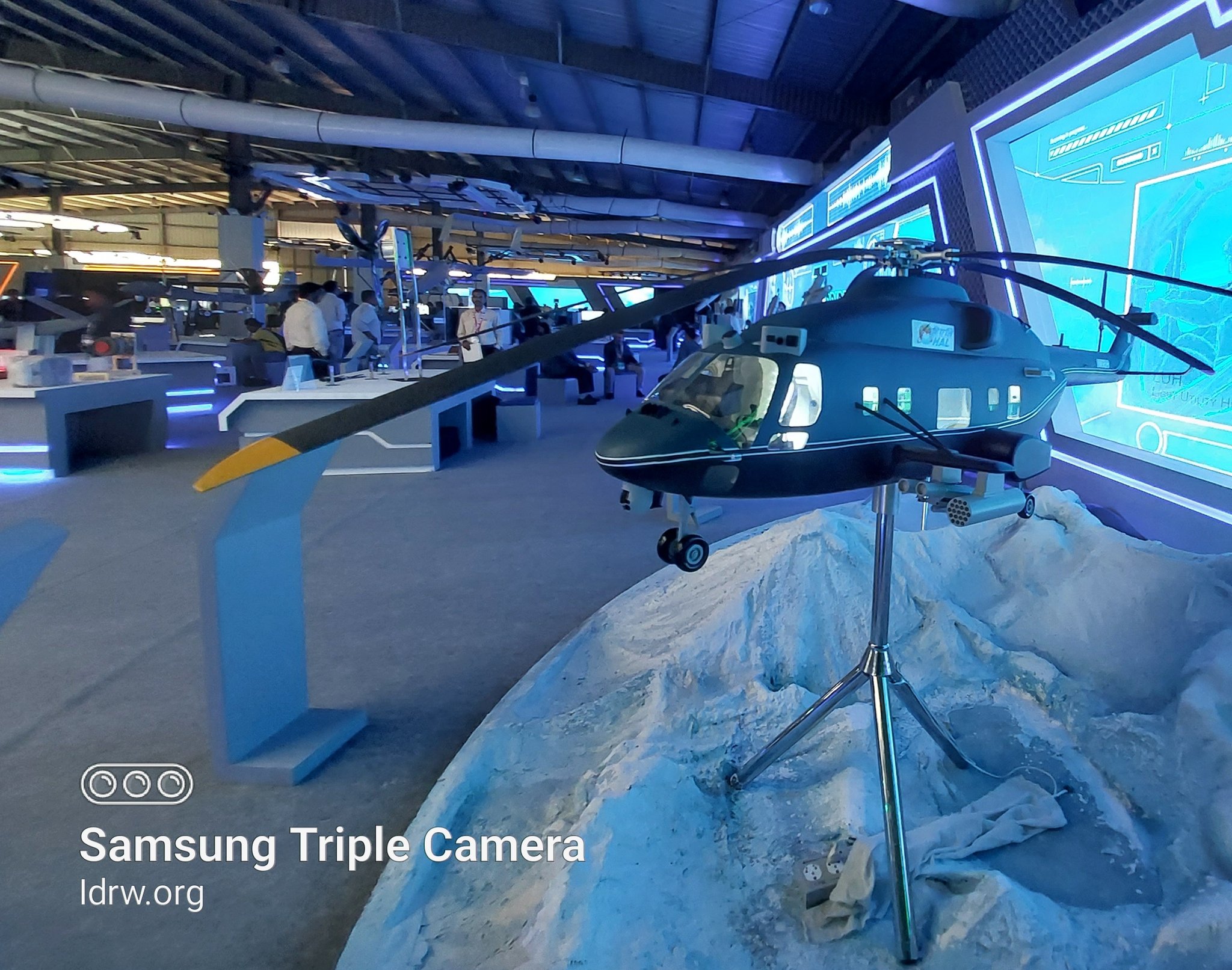
In a significant stride towards bolstering its indigenous aerospace capabilities, India has joined hands with France’s aerospace giant Safran to co-develop a state-of-the-art engine for the ambitious Indian Multi-Role Helicopter (IMRH) program. This strategic partnership, set to unfold over the next three months, marks a groundbreaking collaboration that promises to revolutionize India’s helicopter capabilities and contribute to the nation’s self-reliance in defence technology.
The IMRH program, a brainchild of India’s state-owned Hindustan Aeronautics Limited (HAL), is poised to take a giant leap forward with the development of a cutting-edge engine that will power the next generation of helicopters. The engine, envisioned to be a pinnacle of technological innovation, is targeted to be fully operational within the next 6-7 years, encompassing rigorous developmental testing phases.
Continue readingSOURCE: IDRW.ORG TEAM
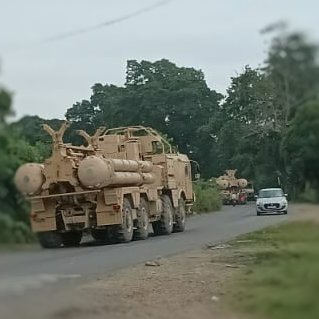
A recent image making rounds on social media platform X (formerly known as Twitter) has generated significant attention in defense circles, providing an alleged glimpse of the Indian Air Force’s (IAF) S-400 air defense system. This rare snapshot, possibly taken from an undisclosed location, offers a unique cameo of the S-400 system and a glimpse into its potential deployment site.
In the circulated image, the S-400 system is seen equipped with a distinct 4-tube canister system, a hallmark of the 51P6A Transporter Erector Launcher (TEL) – the latest TEL developed specifically for the S-400 system. This TEL is designed to carry the 400-kilometer range 40N6E missile, along with the 9M96E2 missiles with a range of 120 kilometers in quad packs.
Continue readingSOURCE: IDRW.ORG TEAM

A recent video circulating on social media platform X (formerly known as Twitter) has ignited a heated debate surrounding the alleged supply of Indian-made weapons systems to Armenia. The video purportedly shows several trucks transporting what appears to be Indian-manufactured Pinaka Rocket systems, claimed to be en route to Armenia. This development comes in the wake of Armenia’s procurement of these systems through a landmark weapons deal between the two nations last year.
The authenticity of the video, however, remains in question, as its origins and context have not been independently verified. The video showcases a convoy of trucks carrying the Pinaka Rocket systems, which were reportedly ordered by Armenia from India. The Pinaka system is known for its advanced artillery capabilities and has been a point of interest for various armed forces globally.
Continue readingSOURCE: RAUNAK KUNDE / NEWS BEAT / IDRW.ORG
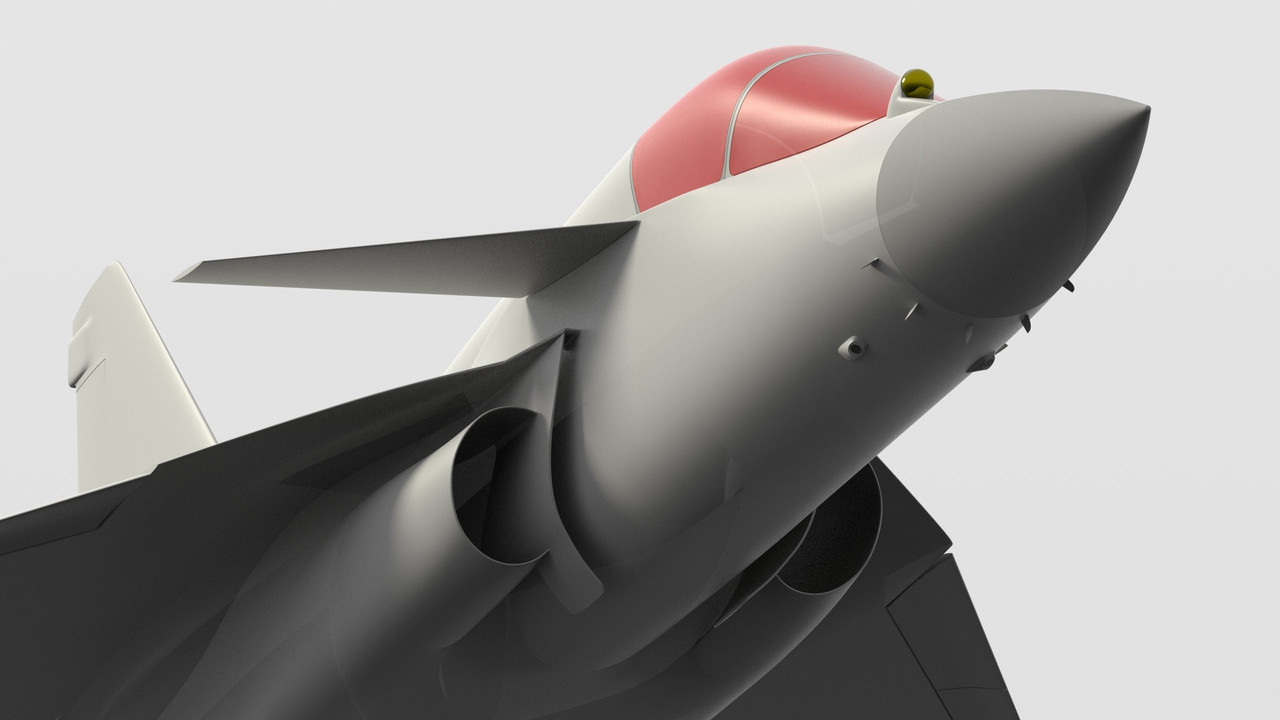
The AMCA program heralded as a cornerstone of India’s futuristic air dominance capabilities, is set to receive a locally designed and developed Radar nose cone. This crucial component is poised to incorporate stealth technology or low observability features, ensuring that the aircraft maintains a minimal radar cross-section (RCS) to evade detection and interception by adversaries.
A pivotal aspect of the Radar nose cone’s development is the integration of advanced materials and coatings that contribute to RCS reduction. A specially formulated radar-absorbent material (RAM) coating has been meticulously crafted to absorb electromagnetic waves across a wide spectrum of frequencies, without interfering with the primary radar’s frequency.
Continue readingSOURCE: RAUNAK KUNDE / NEWS BEAT / IDRW.ORG

In a strategic move to bolster the defence capabilities of its Armoured Fighting Vehicle fleet, the Indian Army is taking proactive steps to fortify its assets against emerging threats. Spearheading this critical initiative is the Army Design Bureau (ADB), working in close collaboration with industry leaders, academic institutions, Defense Public Sector Undertakings, and the Defense Research and Development Organisation (DRDO).
With a spotlight on Armoured Fighting Vehicle Protection and Counter Drone systems, the ADB is driving forward a comprehensive approach to safeguarding main battle tanks and future combat vehicles against evolving challenges.
Continue readingSOURCE: RAUNAK KUNDE / NEWS BEAT / IDRW.ORG
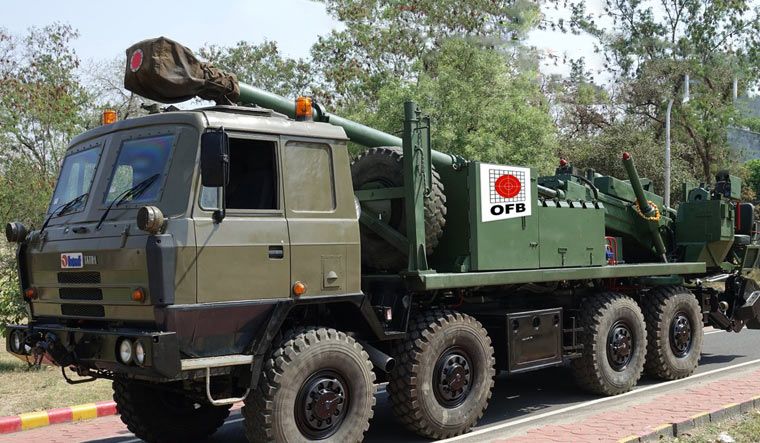
Advanced Weapons And Equipment India LTD (AWEIL) has issued an Expression of Interest (EOI) inviting responses from potential Strategic Partners who are Indian Original Equipment Manufacturers (OEMs). The objective of this collaboration is to co-develop, co-produce, co-brand, and supply a cutting-edge 155mm Mounted Gun System to the Indian Army (IA), Ministry of Defence (MoD), and other entitled entities, including potential export opportunities.
AWEIL’s initiative aligns with the government’s push for indigenous defence production and technological innovation. The EOI aims to identify a long-term partner who will work in conjunction with AWEIL to design, develop, and manufacture the 155mm Mounted Gun System, a vital asset for the nation’s defence capabilities.
Continue readingSOURCE: IDRW.ORG TEAM
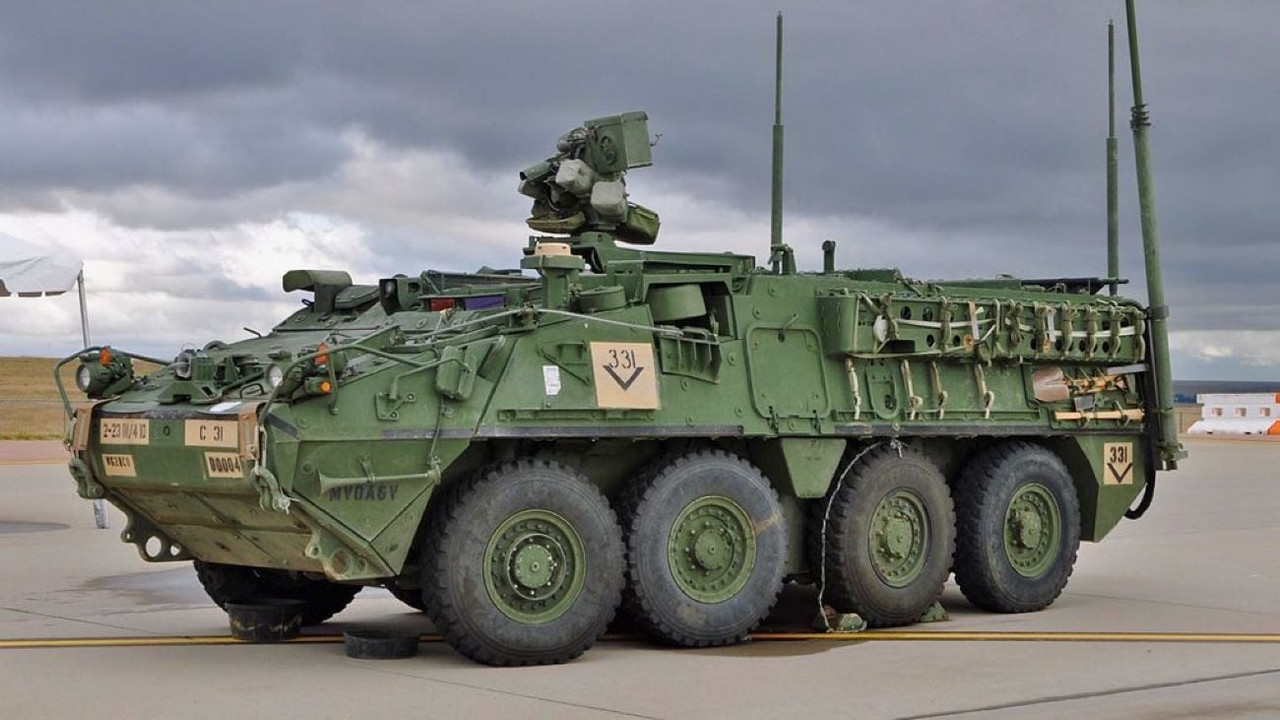
In a dynamic move aimed at fortifying defense capabilities, the United States has once again extended an offer of its advanced “Stryker” fighting vehicles to India. This proposal comes as India explores both international collaborations and local options to bolster its armored infantry vehicle fleet. The Stryker, a potent eight-wheel drive V-hull armored infantry vehicle, is designed to swiftly respond to combat situations, making it a valuable asset in insurgent or wartime scenarios.
Manufactured by General Dynamics Land Systems, the Stryker is a versatile infantry combat vehicle equipped with formidable features, including a 30 mm cannon and a 105 mm mobile gun. The vehicle’s capabilities make it well-suited for rapid combat reactions and providing a tactical edge to military operations.
Continue readingSOURCE: IDRW.ORG TEAM
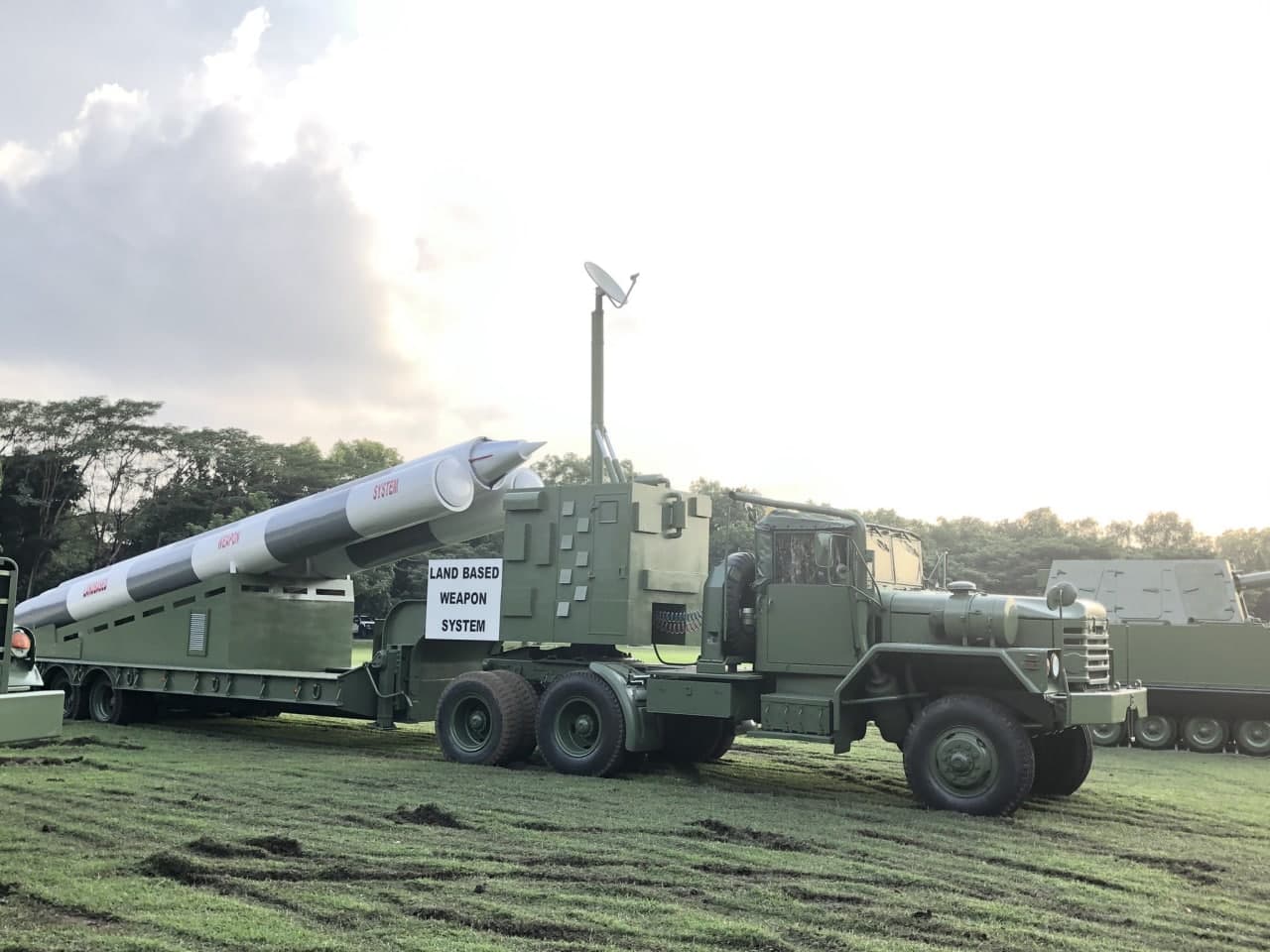
In a significant development bolstering defense capabilities, the Philippine Marine Corps is on track to receive the shore-based BrahMos supersonic cruise missile system later this year, according to confirmation from Shambhu Kumaran, the Indian Ambassador to the Philippines. This move underscores the strengthening partnership between the two countries in the realm of defense collaboration.
The logistics package for the Shore-Based Anti-Ship Missile System (SBASMS) has already been delivered to the Philippines, marking a crucial step in the implementation of this strategic initiative. The SBASMS will enable the Philippine Marine Corps to harness the power of the BrahMos supersonic cruise missile system, enhancing its naval capabilities and bolstering maritime security.
Continue readingSOURCE: RAUNAK KUNDE / NEWS BEAT / IDRW.ORG
In the realm of modern aerial warfare, the race to possess cutting-edge beyond-visual-range air-to-air missiles (BVRAAMs) is an essential facet for maintaining superiority in the skies. India, with its thriving defence research and development capabilities, is all set to revolutionize this arena with the forthcoming Astra Mk2, a dual-pulse motor BVRAAM that promises both exceptional range and cost-effectiveness.
The Astra Mk2, set to be a game-changer in the field of aerial combat, boasts an impressive range of over 160km. However, what sets it apart is its striking affordability when compared to the European Meteor missiles, which are presently integrated into the Rafale fighter jets as part of a 2016 deal with French manufacturer Dassault. The Meteor missiles, renowned for their extended range of over 200km and unmatched “No Escape Zone” (NEZ), come with a hefty price tag of over 25 crore rupees per unit, making them a premium choice available to only a limited number of fighter jets.
Continue readingSOURCE: RAUNAK KUNDE / NEWS BEAT / IDRW.ORG
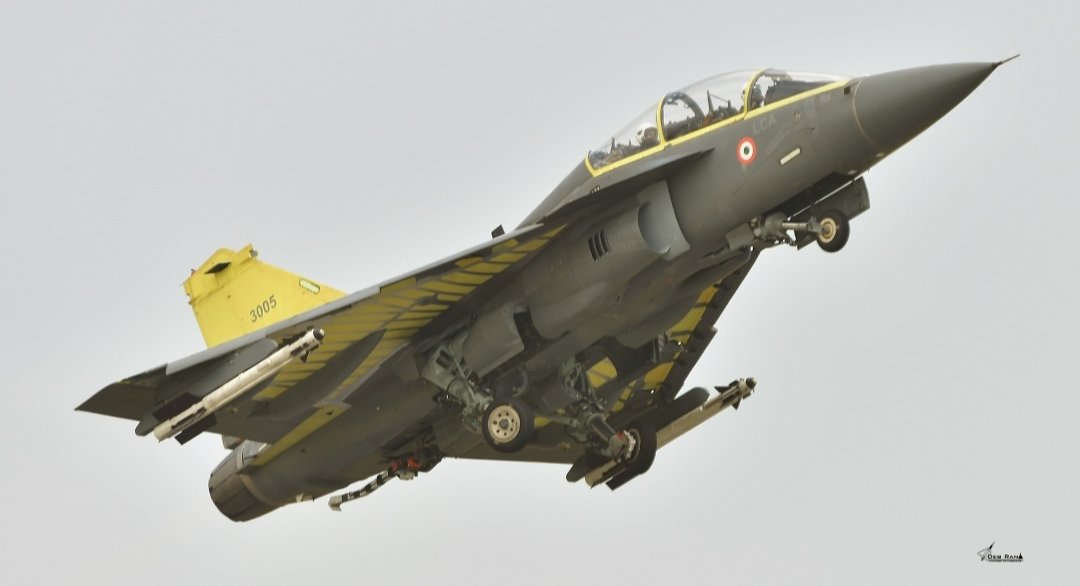
In a significant achievement for India’s indigenous defense capabilities, the Naval variant of the Light Combat Aircraft (LCA), designated NP5, successfully completed its maiden flight at the HAL airport. The Defence Research and Development Organisation (DRDO) announced the successful flight, marking a crucial step forward in the development of the LCA naval trainer and its potential role in the upcoming Twin Engine Deck-Based Fighter (TEDBF) program of the Indian Navy.
The NP5 prototype took to the skies under the skillful piloting of Captain Amit Kawade (Indian Navy) in the cockpit, with Wing Commander Siddarth Singh (Retired) accompanying in the rear. The aircraft remained airborne for a duration of 57 minutes, during which all parameters were reported to be normal.
Continue reading